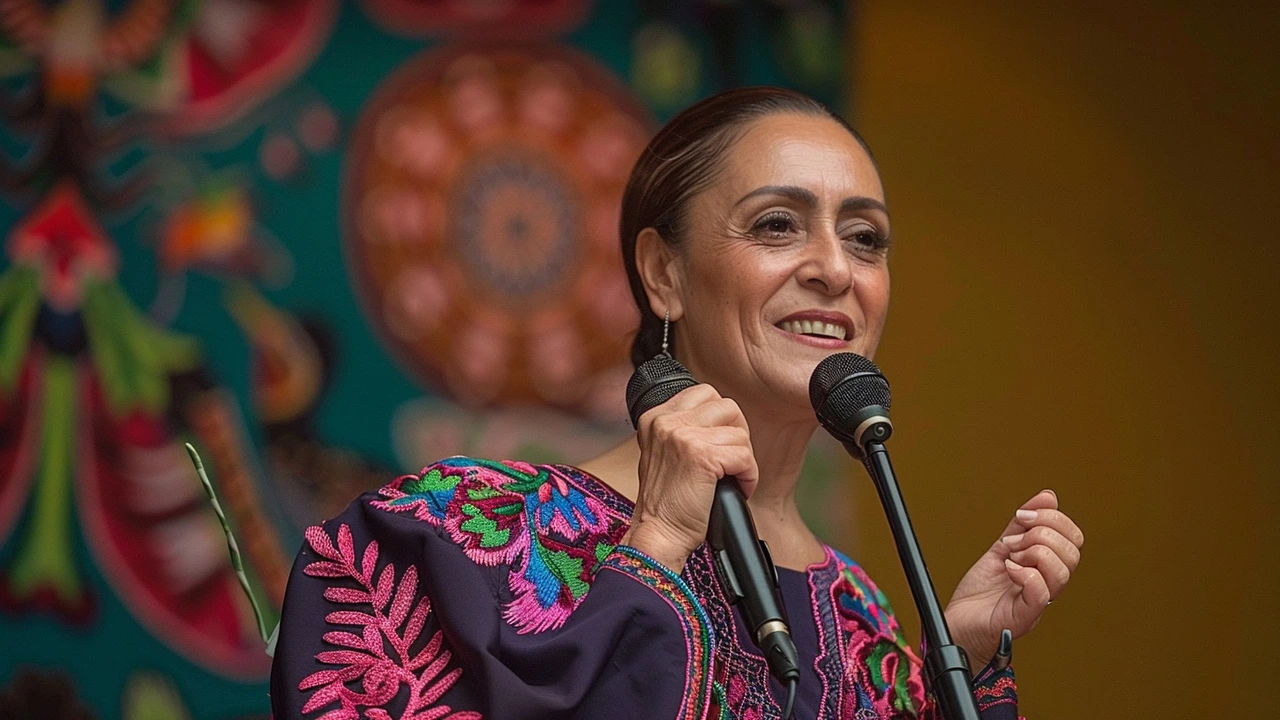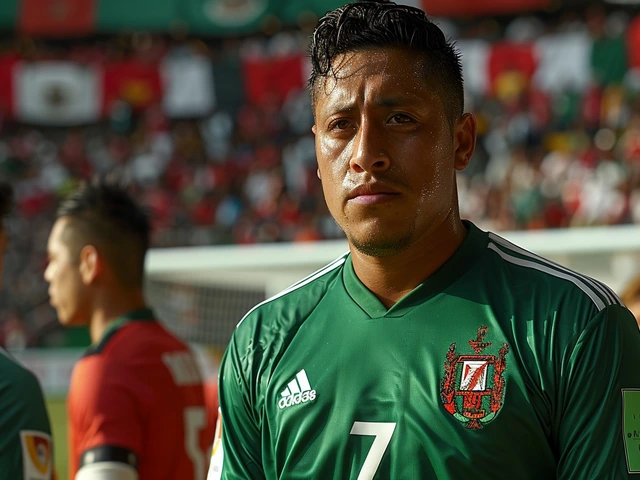Clean Energy and Urban Farming in Africa
Ever wonder why city farms are popping up on rooftops and balconies across Africa? The secret sauce is clean energy. When you pair solar panels, wind turbines, or bio‑gas with crops, you get fresh food, lower bills, and a greener city. In this guide we’ll show you how simple power solutions are turning empty lots into thriving gardens.
Solar Power on City Rooftops
Solar kits are the easiest entry point for urban growers. A typical 1 kW rooftop array costs about $1,200 and can generate enough electricity to run grow lights, water pumps, and a small fridge for harvested produce. Farmers in Nairobi and Lagos have already installed panels on school roofs, feeding both students and nearby neighborhoods.
Setting up a solar system is straightforward:
- Measure the roof space and check for shade. Clear shading yields 15‑20% more power.
- Choose a reputable installer. Many NGOs now offer subsidised kits for community farms.
- Connect the panels to a battery bank. This stores power for cloudy days and lets you run lights at night.
Once hooked up, you’ll notice lower electricity bills and a reliable power source that doesn’t depend on the grid’s frequent outages.
Innovative Energy Solutions for Community Farms
Solar isn’t the only clean option. Waste‑to‑energy and small‑scale wind turbines are gaining traction. In Accra, a community garden uses a biogas digester that turns kitchen scraps into methane. The gas fuels a stove that heats water for seed soaking, while the leftover slurry becomes nutrient‑rich fertilizer.
Mini wind turbines can also fit between high‑rise buildings. They capture breezes that rooftops miss, feeding extra power to vertical farms that use hydroponic racks. The key is to match the energy source with the local climate – wind works best in coastal cities, while solar shines inland.
Don’t forget energy‑efficient tools. LED grow lights consume up to 80% less energy than older lamps, and drip‑irrigation reduces water waste, meaning you need less power to pump water.
Getting the community on board is just as important as the tech. Host a short workshop showing how a solar panel powers a lettuce tray. When neighbours see fresh produce and lower bills, they’re more likely to invest or volunteer.
Policy support is also growing. Several African cities now offer tax breaks for renewable installations on agricultural projects. Keep an eye on local government portals for grant programs that can cover up to 50% of equipment costs.
In short, clean energy turns the biggest challenges—high electricity prices and unreliable grids—into opportunities for urban agriculture. By tapping solar, wind, or biogas, you can grow more food, keep costs down, and make your city a little greener.
Ready to start? Begin with a quick energy audit of your space, pick the cheapest clean‑energy option that fits, and watch your garden flourish.






